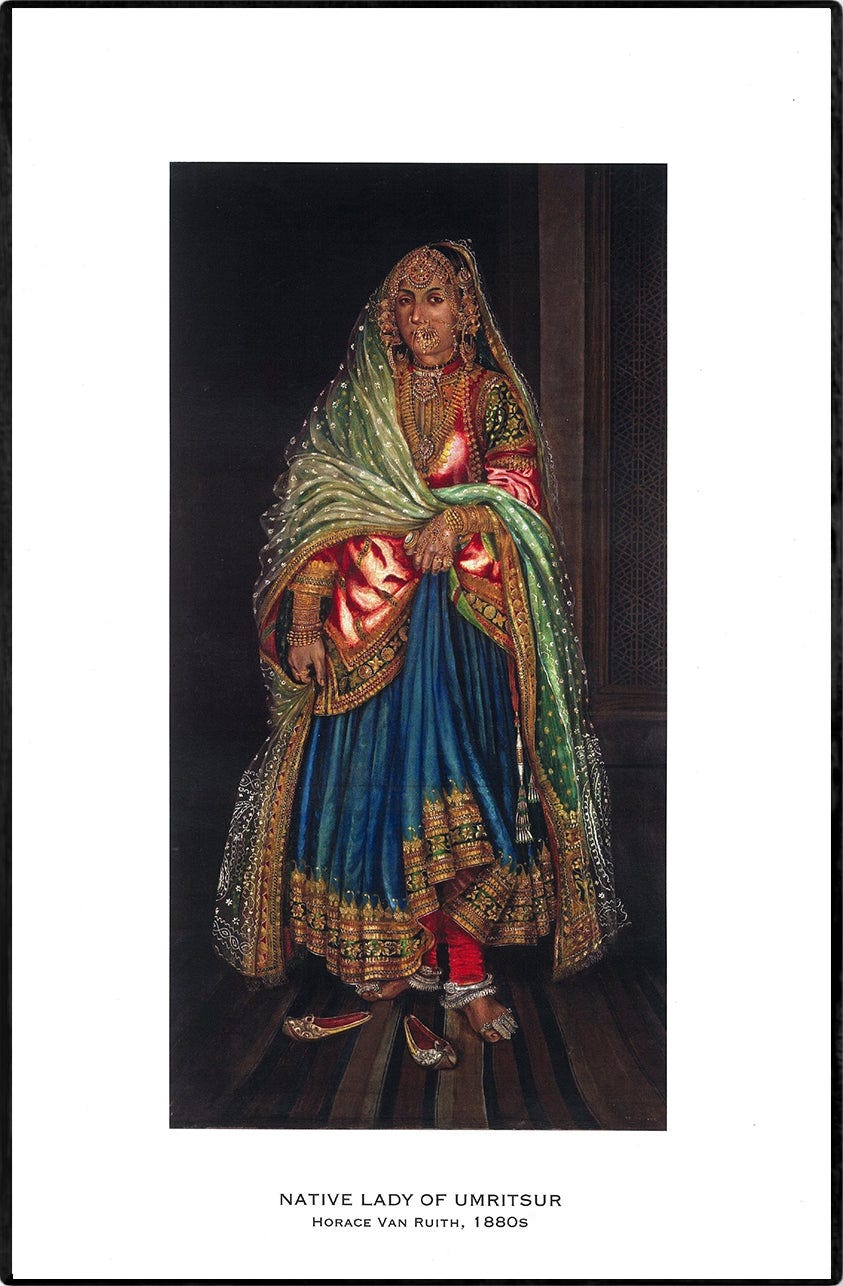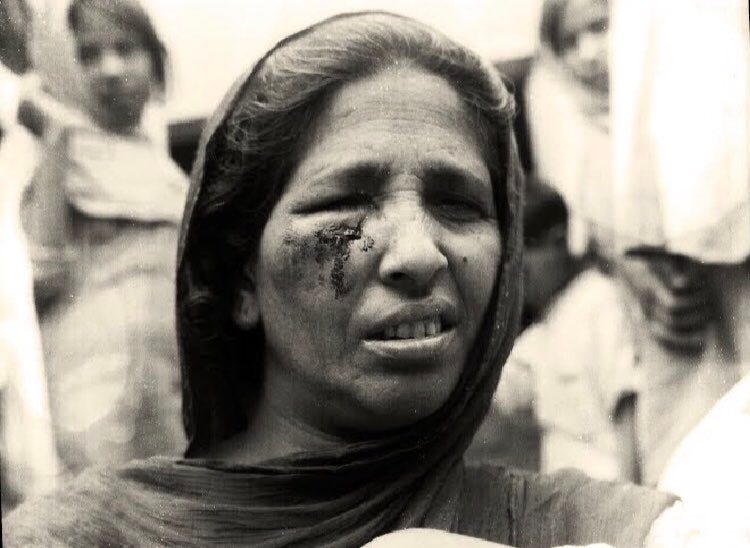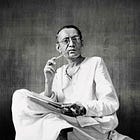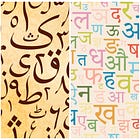Welcome to the Brown History Newsletter. If you’re enjoying this labor of love, please do consider becoming a paid subscriber. Your contribution would help pay the writers and illustrators and support this weekly publication. If you like to submit a writing piece, please send me a pitch by email at brownhistory1947@gmail.com.
Don’t forget to check out our SHOP and our Podcast

Recommended Reads:
How Partition Affected the Lives of Women

Popular perceptions of Partition have been very limited. When asked about Partition, most people think only in terms of religious conflict or recount the “horrors” of Partition. Like other events and phenomena in history, the memory of Partition gets blurred in the wake of such a tendency. However, to better understand Partition and the lives of the very many people who were associated with it, one must go beyond such homogenization.
Partition changed peoples lives in many different ways. The story is not just one of aggressors and victims. People came from different backgrounds and identities which existed alongside their religious identities. And in an environment of rising communal tension, these different identities profoundly impacted the way that people lived through Partition. The history of how political positions of different caste groups affected the migration of the Hindu community from East Bengal to India is a case in point. Historians Sekhar Bandyopadhyay and Anasua Basu Ray Chaudhury have made a detailed analysis of this, in their work Caste and Partition in Bengal: The Story of Dalit Refugees, 1946-1961. The Bhadralok Hindus could migrate much more easily when compared to the Rajbansis and the Namasudra peasant communities, due to their social and political capital. In some towns in West Bengal, the higher caste Hindus in fact preferred rich native Muslim communities over the incoming flux of poor, peasant, lower caste groups. In Delhi and Punjab, separate camps were instituted for the lower caste groups, away from those of the socially higher castes. All these insights reveal a more diverse and complex reality. The case for how Partition changed the lives of women must also be analyzed in such a context.




